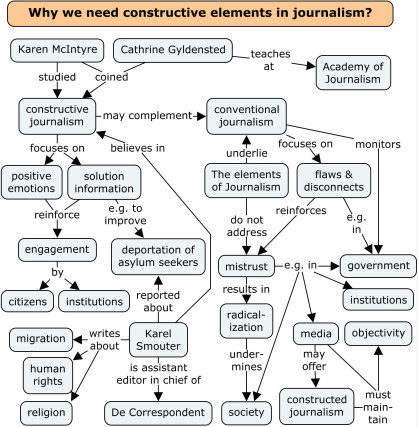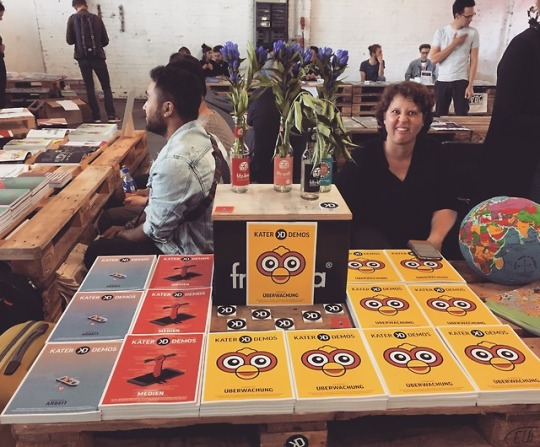#constructivejournalism
Photo

#Constructive #constructivecriticism #constructivejournalism #constructiveforces #constructivefeedback #constructiveconsciousness #Constructivecriticizer #constructiveart #ConstructiveThinking https://www.instagram.com/p/BtmzuJIn27a/?utm_source=ig_tumblr_share&igshid=118izdip2kz6i
#constructive#constructivecriticism#constructivejournalism#constructiveforces#constructivefeedback#constructiveconsciousness#constructivecriticizer#constructiveart#constructivethinking
0 notes
Photo

Constructive Journalism:
Did we run out of ‘simple’ problems?
The main rationale for constructive journalism is its supposed potential to reduce mistrust. What people forget is that the world has been growing more complex for a long time. The term wicked problem was coined by Rittel in the mid-1960s. The ‘systems approach’ was developed by Churchman in the same period. Anybody who reads his books that were written half a century ago will notice how easy it is to map all our current problems (except perhaps global warming) on the problems he described and used as cases. One of the issues in the development of the systems approach is the objectivity-subjectivity problem. As reality becomes more complex, the truth about it becomes less clear. This doesn’t mean truth becomes irrelevant. People simply cannot do without truth and meaning. In the systems approach contrasting or conflicting perspectives bring out those aspects of the ‘truth’ that are most difficult to agree upon. With the right tools and attitude it is possible to hammer out an agreement on what the ‘intersubjective’ (i.e. common agreed upon) truth could be that makes sense to all (or most) parties.
via https://csl4d.wordpress.com/2016/12/02/constructive-journalism/#more-2877
0 notes
Photo

Thrilled to see my name on the list of supporters of #youarewhatyouread #constructivejournalism https://ift.tt/2SH3vL0
0 notes
Photo

Da kiekste, Hamburch!
0 notes
Text
Daniel Bröckerhoff on Twitter
Nachrichtenmacher zeigen oft nur die miesen Seite. Aber: Die Welt ist nicht nur schlecht. Meine Idee: Lasst uns die guten Seite des Lebens unter #DWinnS sammeln. #constructivejournalism
from Pocket https://twitter.com/doktordab/status/938717192673202176
via IFTTT
0 notes
Text
RT @daniellebatist: When we started saying this at the #constructivejournalism project years ago, many journalists laughed us out of the room. But evidence is building all the time: beyond learned helplessness, reporting on progress and possibility captures audiences. https://t.co/bKjqZ2efxj
When we started saying this at the #constructivejournalism project years ago, many journalists laughed us out of the room. But evidence is building all the time: beyond learned helplessness, reporting on progress and possibility captures audiences. https://t.co/bKjqZ2efxj
— Danielle Batist (@daniellebatist) February 12, 2018
via Twitter https://twitter.com/lucia_adams
February 13, 2018 at 07:36PM
0 notes
Text
The AWE(some)-factor
Content that evokes high-arousal positive (awe) or negative (anger or anxiety) emotions is more viral. Content that evokes low-arousal, or deactivating, emotions (e.g., sadness) is less viral. These results hold even when the authors control for how surprising, interesting, or practically useful content is (all of which are positively linked to virality).
(University of Pennsylvania research on three months New York Times articles)
http://journals.ama.org/doi/abs/10.1509/jmr.10.0353
0 notes
Photo

Ah, who wouldn't want to open such a package? @positivenewsuk #positivenews #goodjournalism #constructivenews #constructivejournalism https://ift.tt/2m16oIG
0 notes